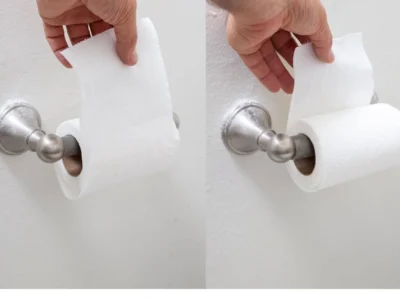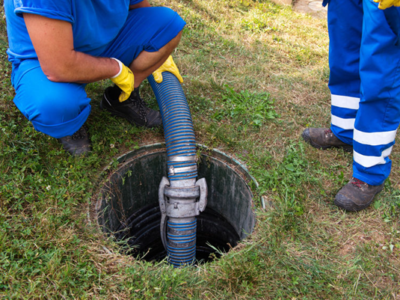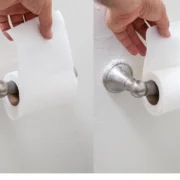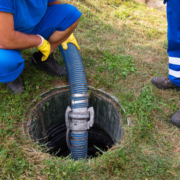Our homes are sanctuaries, but they can also be significant energy consumers. Drafty windows are a major culprit when it comes to energy inefficiency, leading to higher utility bills and a less comfortable living environment.
Fortunately, there are several steps you can take to improve your home’s energy efficiency, and your windows play a crucial role in this endeavor.
This guide explores key tips to consider when optimizing your windows for energy savings, helping you create a more comfortable and eco-friendly home.
1. Identifying Areas for Improvement:
The first step towards improved energy efficiency is to assess your current window system. Look for signs of wear and tear, such as drafts, condensation buildup between panes, or difficulty opening and closing the windows smoothly.
Older single-pane windows are particularly inefficient, allowing significant heat transfer in both summer and winter. Double-pane windows with an insulated glass unit (IGU) offer a significant improvement, while triple-pane windows provide even better insulation but might not be necessary depending on your climate.
Consider the age, condition, and material of your existing windows to determine if replacements are necessary.
2. Choosing Energy-Efficient Window Materials
The material you choose for your windows significantly impacts their energy efficiency. Vinyl windows are a popular choice due to their affordability and low maintenance. Modern vinyl windows with multiple chambers and low-e coatings can offer good thermal performance.
Fiberglass windows are another excellent option, boasting superior insulation properties compared to vinyl. Wood windows can be very energy-efficient, especially when paired with high-performance glass, but require more maintenance than other options.
Consider your budget, climate, and desired aesthetics when choosing window materials for optimal energy savings.
3. Selecting the Right Window Glass for Your Climate
The type of glass used in a residential window plays a crucial role in managing heat gain and loss. Low-emissivity (low-e) coatings are a popular option, reflecting heat back into your home in the winter and outwards in the summer.
Double-pane windows with low-e coatings significantly improve energy efficiency compared to single-pane windows. Triple-pane windows with low-e coatings offer the best insulation but might not be necessary for all climates.
In warmer climates, consider windows with solar control coatings to further reduce heat gain. For colder climates, argon gas filling between the panes can further enhance insulation properties.
4. Utilizing Window Treatments for Added Efficiency
While replacing windows with energy-efficient options is a significant step, window treatments can also play a role in maximizing energy savings. During the summer, cellular shades or blackout curtains can help block heat gain from harsh sunlight.
In the winter, consider using heavier drapes or thermal curtains to trap heat inside your home. Electric window treatments allow for easy and automated control, ensuring your windows are optimized for energy efficiency throughout the day.
5. Consulting with Professionals
A professional window replacement services provider can provide you with valuable advice and recommendations when it comes to improving your home’s energy efficiency.
They can assess your existing windows, recommend the most suitable window materials and glass types for your climate and needs, and ensure proper window installation for optimal performance.
Look for experienced and qualified window replacement companies that offer energy-efficient window options and prioritize proper installation techniques to minimize air leaks and maximize energy savings.













Comments